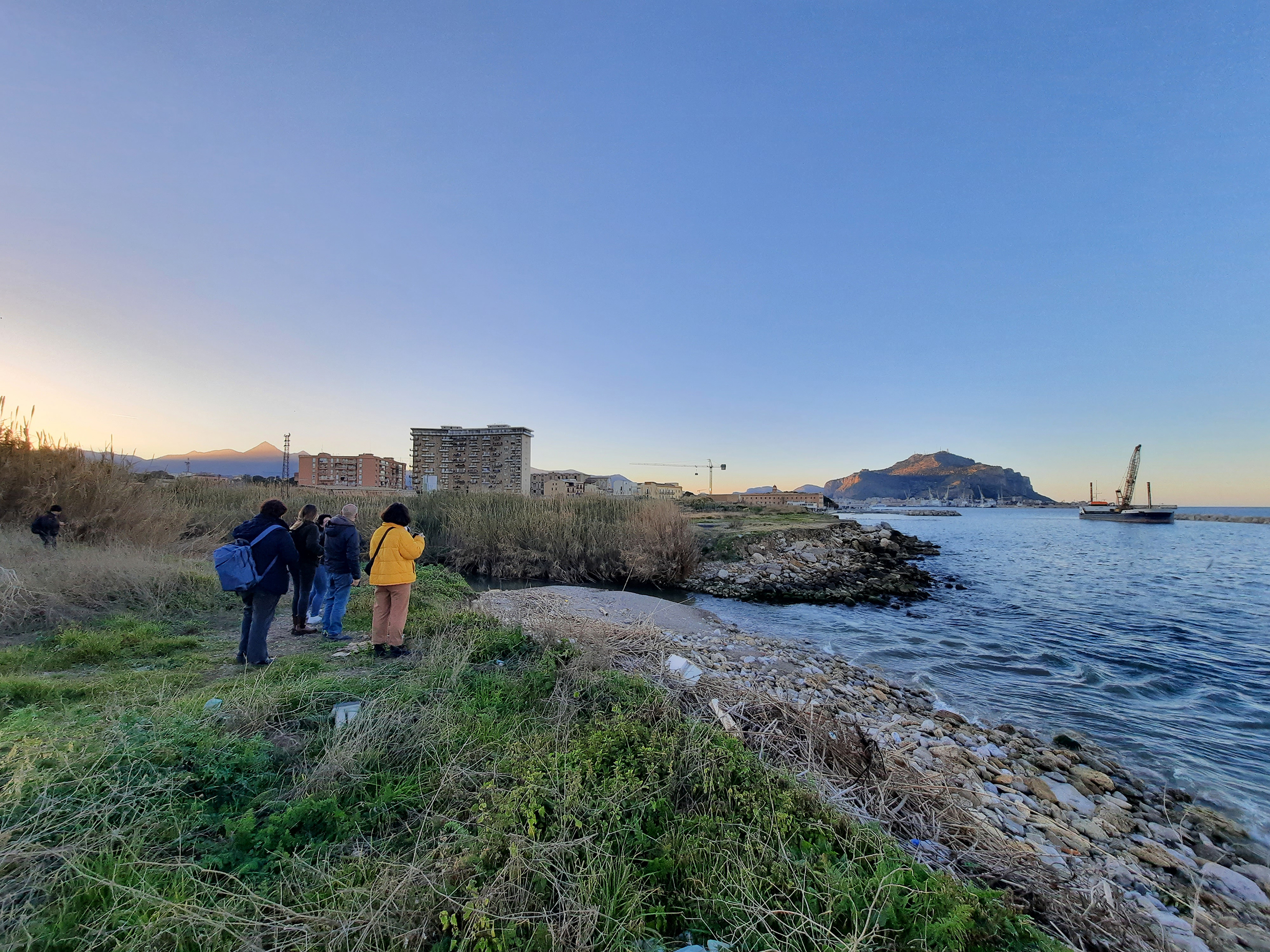Designing bodies. Body-based art practices as a methodological challenge for a performative urbanism

Published 2023-11-27
Keywords
- 'bodesign',
- embodiment,
- walking,
- self-ethnography,
- performing arts
How to Cite
Copyright (c) 2023 Gloria Calderone

This work is licensed under a Creative Commons Attribution 4.0 International License.
Abstract
This paper starts from a critique of the anaesthetisation of contemporary cities, seen as an effect, in the town planning field, of the role scientific rationality assigns to the body in the Western culture. Feminist research is used as an epistemological filter useful to the urban planner in order to assume a critical posture towards the dominant order of knowledge. This posture is expressed in the emphasis placed on the body and to sensory experience in interpreting reality, as well as in the attention paid to qualitative analysis that can foster the use of creative methods also in urban studies. Claiming the centrality of corporality in the experience of spaces, as opposed to the marginality it holds in urban analysis and design models, the article advocates for the use of artistic-performative practices as a valid methodological channel to make traditional approaches sensitive to the understanding and transformation of places. The hypothesis is that body-based artistic experiences, included in territorial design processes, can contribute to re-signifying places and provide design reflections in the perspective of a ‘performative urbanism’. These hypotheses are investigated through an experience of co-designing and co-construction promoted in Palermo by the Eco-museum “Mare Memoria Viva”, in which methods from the performing arts were used.
